Hormone Replacement Therapy Explained
Hormone replacement therapy is given to some women during menopause when the body stops making the hormones estrogen and progesterone. It is used to treat common symptoms of aging and menopause, such as hot flashes, vaginal dryness, mood swings, and even osteoporosis. Menopause occurs when a woman’s monthly menstrual cycle stops, which causes a drop in hormone levels. Hormone replacement therapy replaces the hormones the body no longer makes and is the most effective treatment for menopause symptoms.
10. Hormones Included In Hormone Replacement Therapy

Women who take hormone replacement therapy are usually given a combination of estrogen and progesterone; however, women who have had a hysterectomy do not need progesterone, so their doctor may prescribe estrogen-only therapy. Hormone replacement therapy should not last longer than five years. It may begin as soon as a woman begins to experience menopausal symptoms, which usually occurs around the age of fifty-two. According to the National Health Service, menopause ages in women can range from the early forties to the late sixties. There is no way to predict when a woman will go through menopause.
9. What Are Estrogen And Progesterone?
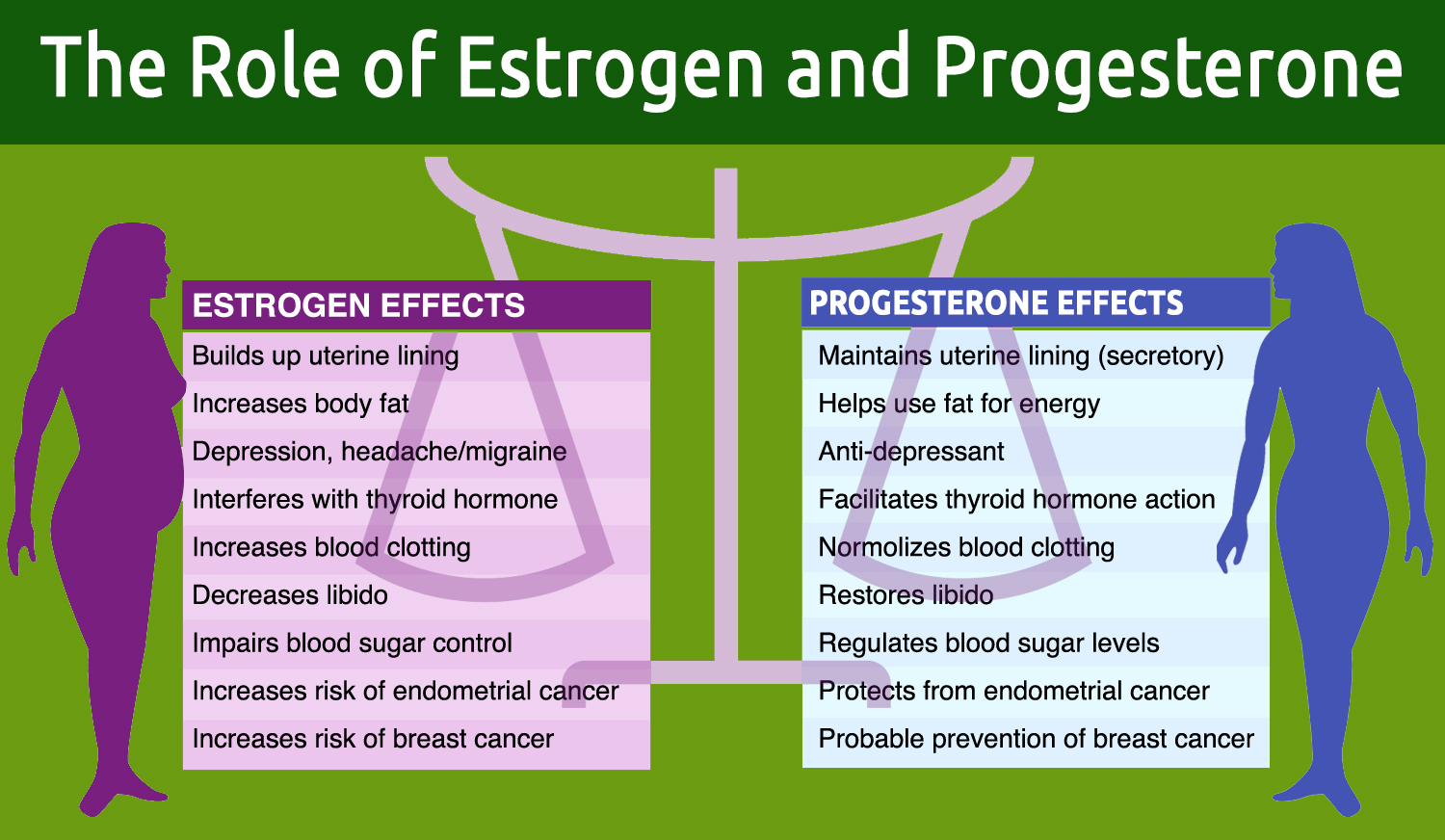
Estrogen and progesterone are hormones needed to prepare the uterus for menstruation. Their release is triggered by a part of the brain called the hypothalamus. Once a woman hits puberty, she releases an egg each month until she hits menopause. Estrogen and progesterone are also needed to support blood cholesterol control, bone health, and calcium metabolism. Low levels of these hormones are linked to a reduced sex drive, migraine headaches, abnormal uterine bleeding, hot flashes, vaginal dryness, and mood swings. Many women take hormone replacement therapy to mitigate these symptoms.
8. Symptoms Of Menopause
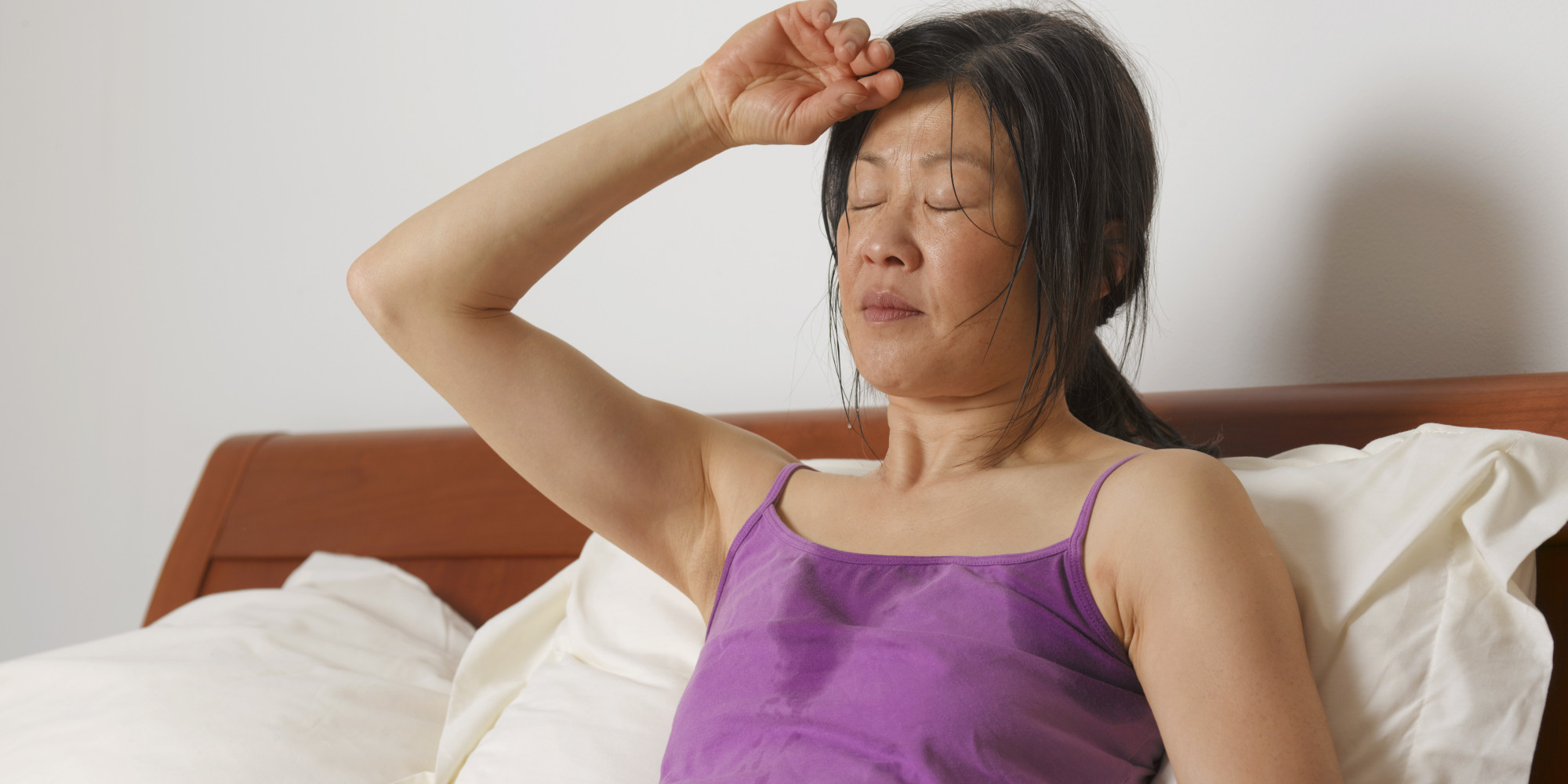
Symptoms of menopause are usually self-diagnoseable and may include sleep disturbances, fatigue, night sweats, hot flashes, insomnia or early awakening, dry hair and skin, loss of hair, irritability, moodiness, vaginal dryness, decreased sex drive, anxiety, and pain during intercourse. These symptoms tend to occur during the absence of menstruation or when a woman’s periods become lighter and farther apart. Weight gain, a slower metabolism, and smaller breasts are also signs of menopause.
7. Benefits Of Hormone Replacement Therapy

Along with reducing the symptoms of hot flashes, moodiness, and migraines, hormone replacement therapy has been shown to improve muscle function, decrease the risk of heart attack and heart failure, protect against brain aneurysms, and lower overall mortality risk in younger women who are postmenopausal. According to a study published in The American Journal of Medicine, hormone replacement therapy “almost undoubtedly” reduced the risk of mortality in women who experience menopause at a younger age.
6. Types Of Hormone Replacement Therapy
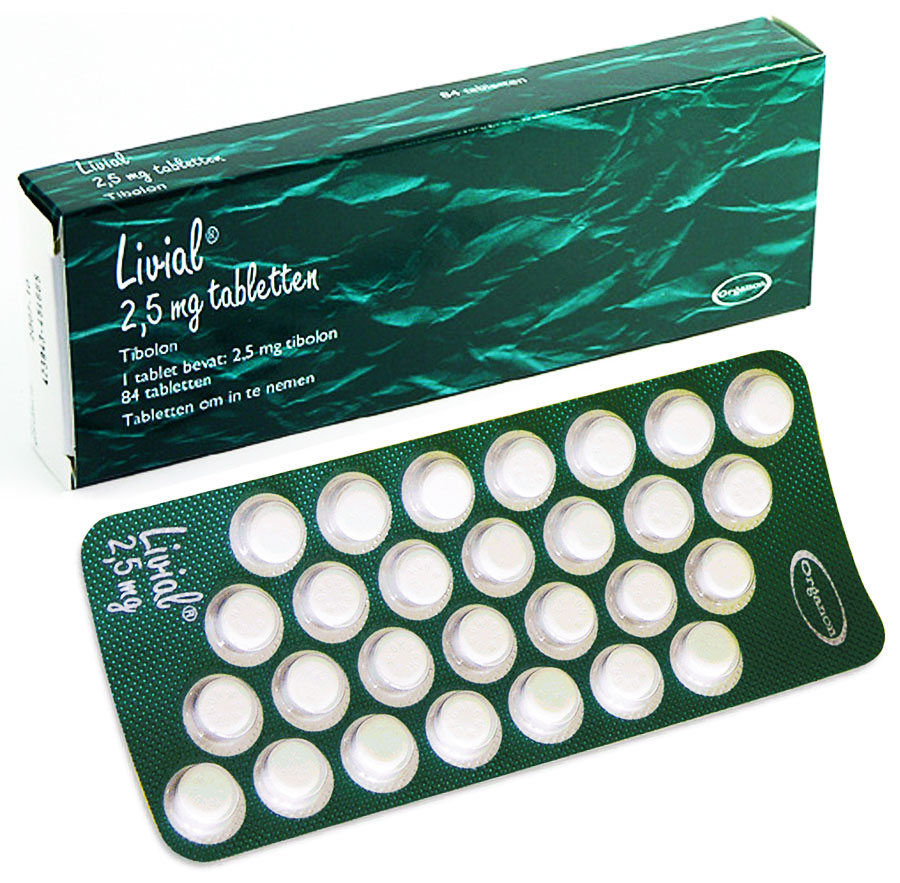
There are three main types of hormone replacement therapy. Hormone replacement therapy with estrogen only is common in women who have had a hysterectomy because there is no risk of endometrial cancer. Cyclical hormone therapy replacement is for women who are still menstruating but have symptoms of menopause. Continuous hormone replacement therapy is used in women who have already gone through menopause. In some cases, a doctor may prescribe Tibolone, which is a synthetic hormone using a combination of progestogen and estrogen.
5. Complications

Hormone replacement therapy was once considered a miracle treatment when it was first developed in 2002. Over time, several studies challenged the long-term health of women who were given the therapy, including one study that linked hormone replacement therapy to an increased risk of breast cancer, ovarian cancer, and other conditions. Because of these studies, guidelines changed, and doctors were told only to prescribe hormone replacement therapy under certain circumstances. As a result, an estimated fifty thousand women suffered premature deaths because estrogen-only therapy was withheld from them.
4. New Guidelines For Hormone Replacement Therapy

Hormone replacement therapy is widely considered safe and efficient to administer to menopausal and postmenopausal women again thanks in part to a 2013 British study. New guidelines focus on a woman’s age, individual decision, and annual evaluation to determine the proper dosage and duration of hormone replacement therapy. New guidelines also take into account premature ovarian insufficiency in which a woman should be on hormone replacement therapy until the average age of menopause. Patients over sixty will be given a lower dosage to prevent cancer risks.
3. Conditions Not Suitable For Hormone Replacement Therapy
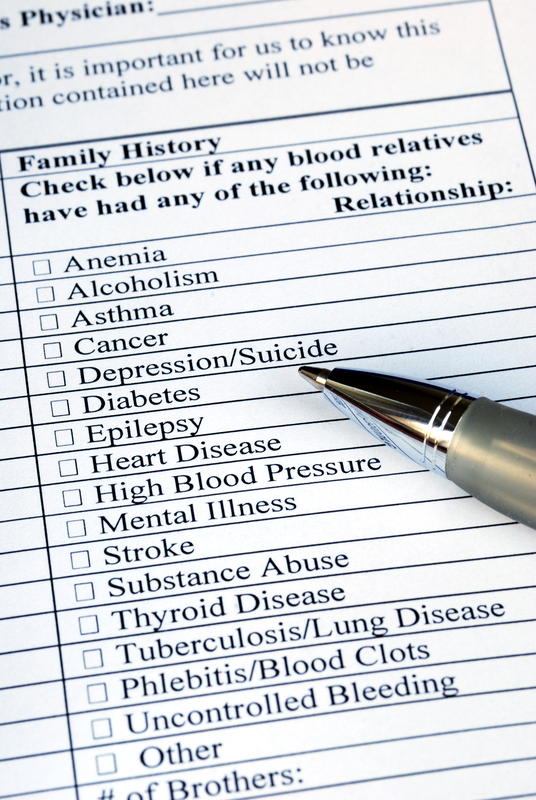
Hormone replacement therapy is most common in menopausal women; however, it can also be administered to women for other reasons. It is not recommended for women who are pregnant, have uncontrolled hypertension or high blood pressure or have severe migraines. Women with a history of stroke, blood clots, heart disease, and ovarian or breast cancer are strongly urged not to take hormone replacement therapy. A menopause test is not required for a woman to take hormone replacement therapy; however, it should be noted that a woman may still become pregnant for several years after her periods stop.
2. How Is It Administered?
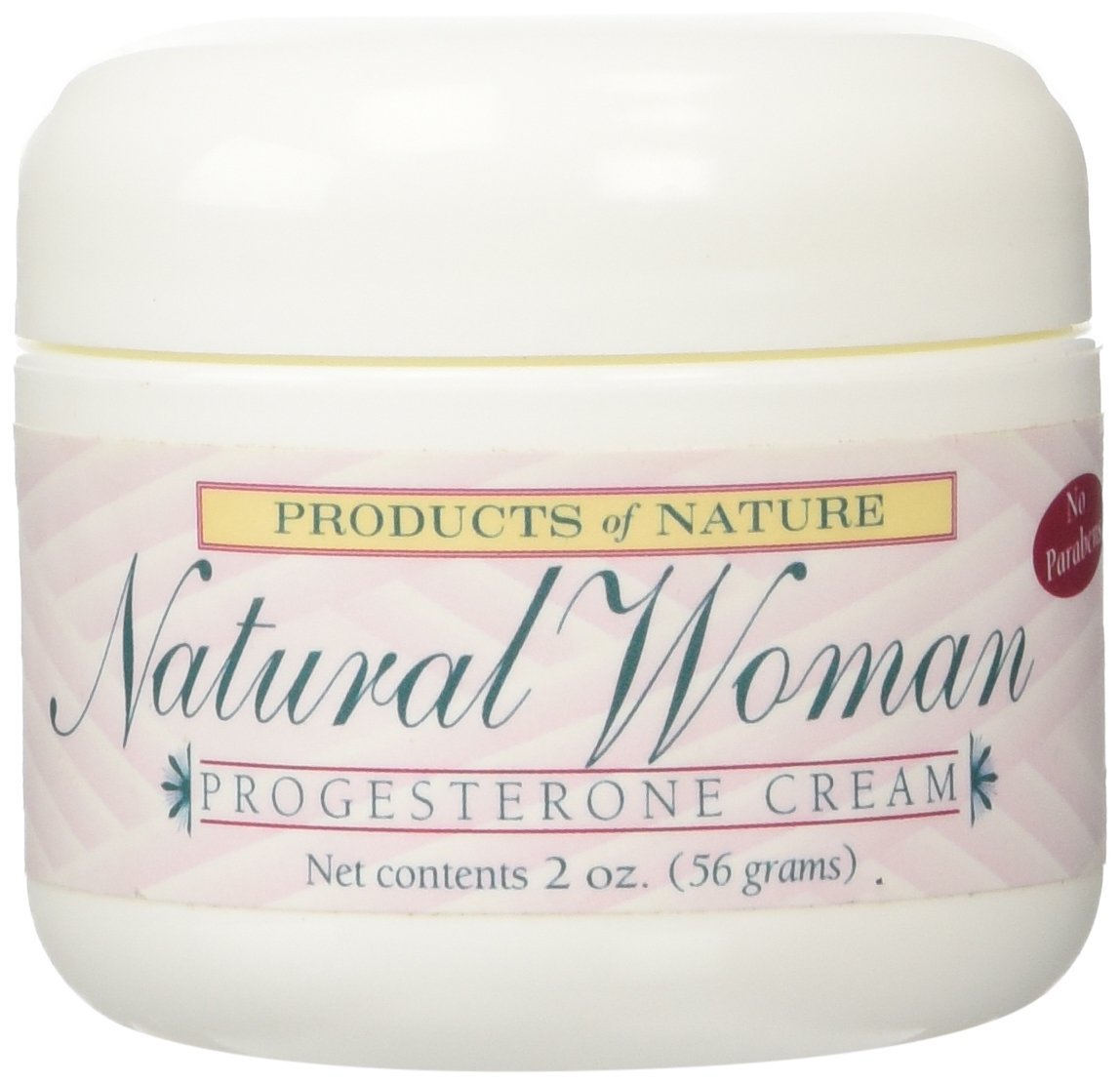
Women who take hormone replacement therapy have several options. In most cases, a doctor will try to control menopausal symptoms with the lowest dose possible. This may take some adjusting to get right. Women can apply hormone replacement therapy in the form of a cream or gel on the skin or in the vagina if there is dryness. Hormone replacement therapy may also be taken in tablet form or via a skin patch. Women are carefully weaned off hormone replacement therapy to reduce unwanted side effects.
1. Healthy Things Women Can Do
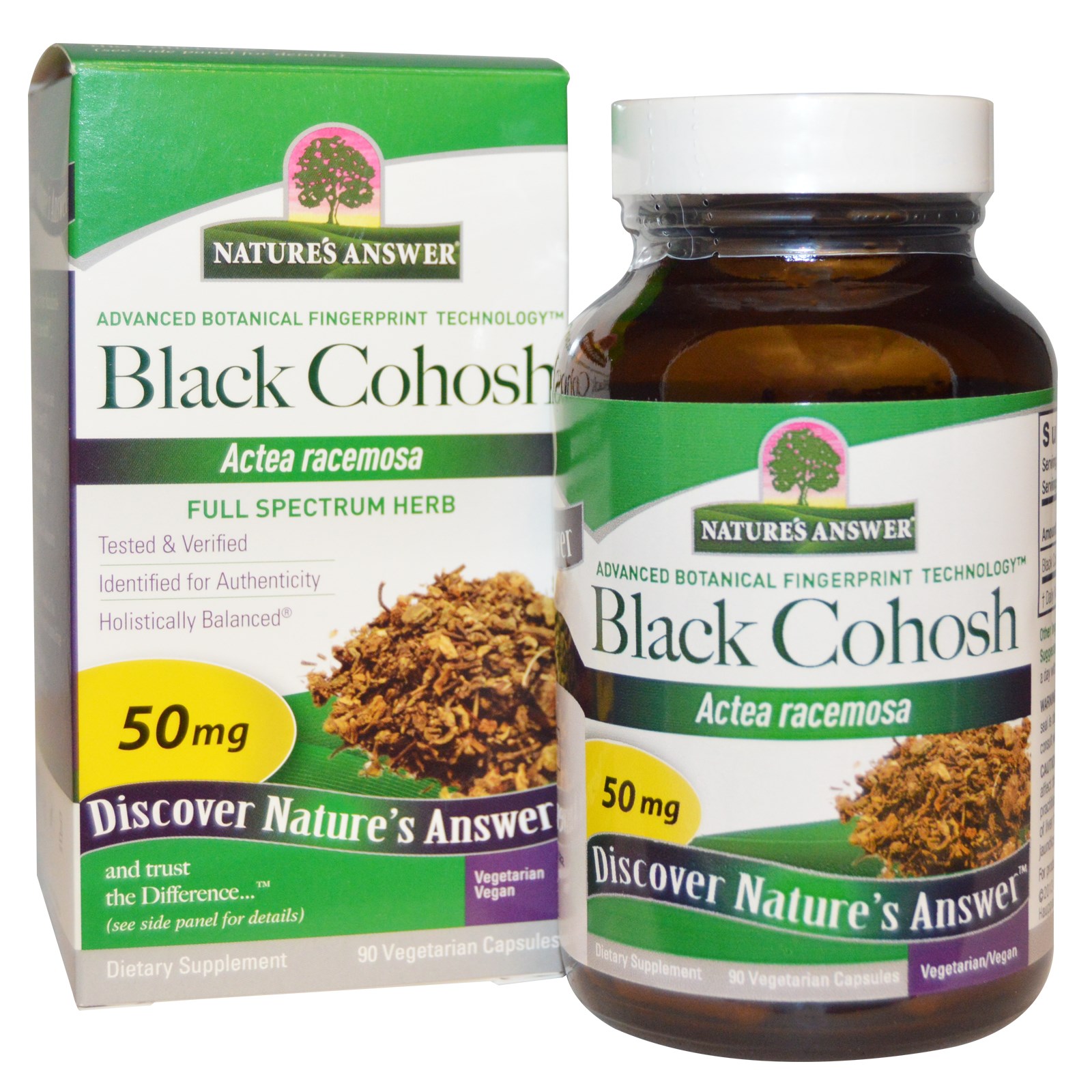
Recent evidence shows that even a few years of hormone replacement therapy may increase the risk of two types of ovarian cancer. It may also cause cognitive impairments. To stay healthy, women are advised to exercise regularly, refrain from smoking, consume less caffeine and alcohol, wear loose clothing, and sleep in a cool room that is well ventilated. Some anti-depressants and blood pressure medications may also help with hot flashes. Natural remedies for treating menopausal symptoms include red clover, soybeans, Kava Kava root, ginseng, and black cohosh.